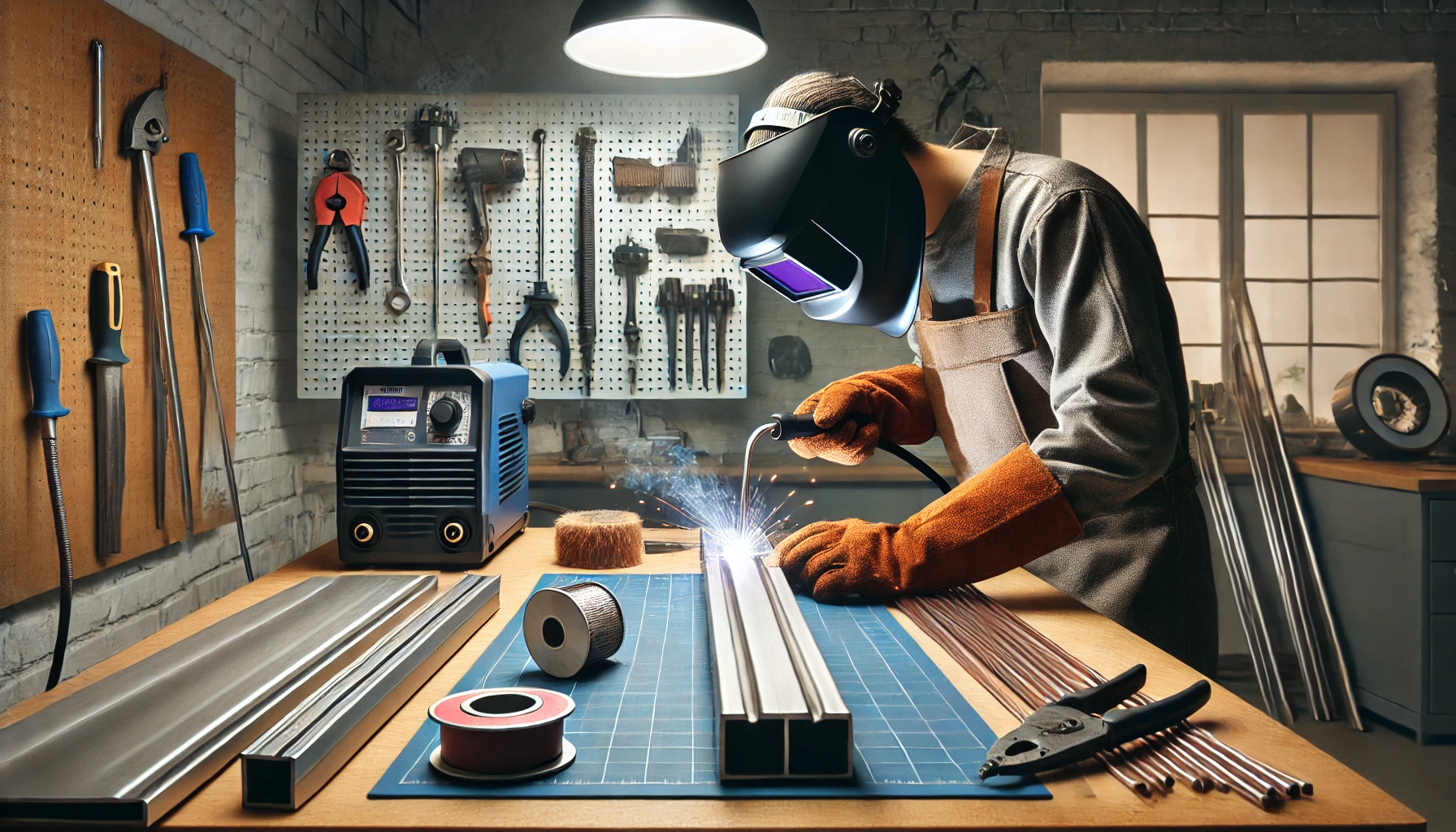Aluminium can be welded using a variety of methods, such as manual submerged arc welding (MMA), semi-automatic welding (MIG) and argon arc welding (TIG). It is important to take into account the economic feasibility and quality of the weld when choosing a method. There are three main methods of welding aluminium and its alloys:
- 1. Manual arc welding with coated electrodes (MMA): This is the simplest method of welding aluminium, often known as MMA welding. Despite certain disadvantages, such as porosity and reduced strength, this method may be necessary in certain situations.
- 2. Semi-automatic welding (MIG): This method provides greater automation and requires the correct electrode selection. Preparation of the workpiece surface is key to achieving a quality weld.
- 3. Argon arc welding (TIG): A high-tech method that can be used to weld aluminium and its alloys. It requires a high level of welder skill.
In manual arc welding, it is important to select the appropriate electrode according to the chemical composition and physical properties of the workpiece. Additional elements, such as manganese, silicon and magnesium, can be added to improve the weld properties.
The cleanliness of the workpiece surface is critical to avoid pore formation and improve weld quality. Aluminium is welded with a coated electrode using reverse polarity direct current to destroy the oxide film.
Challenges in manual arc welding of aluminium include high metal fluidity, refractory oxide film formation and high coefficient of linear expansion. Controlling the level of heat input and using special substrates can help to avoid these problems.
Overall, the choice of method and materials is key to successful aluminium welding and ensuring a high-quality weld seam.

